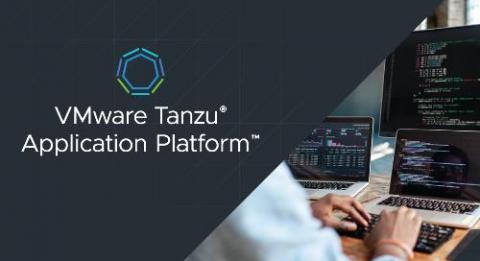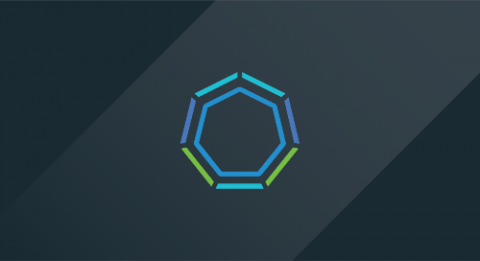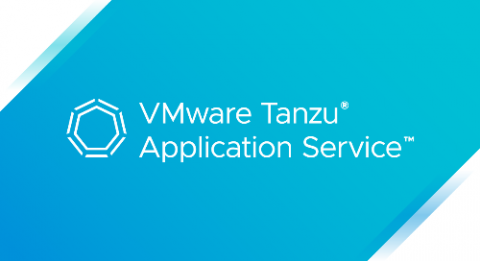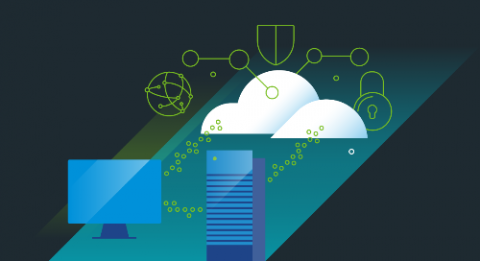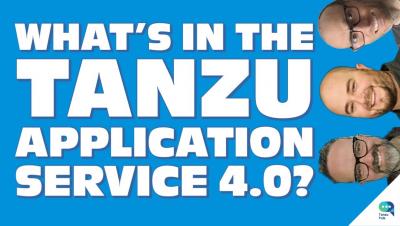Operations | Monitoring | ITSM | DevOps | Cloud
Containers
The latest News and Information on Containers, Kubernetes, Docker and related technologies.
How To: Kubernetes Inventory Monitoring with DX UIM
Why using the "one Docker image to rule them all" is probably a terrible idea.
VMware Tanzu Application Platform 1.5 Offers Faster, More Secure Paths to Production
VMware Tanzu Application Platform is a single, end-to-end integrated platform solution that enables companies to build and deploy more software, more quickly and securely, through a rich set of developer tooling and pre-paved, customizable “golden paths” to production—all on any public cloud or on-premises Kubernetes cluster.
Business Agility Depends on Fast, Predictable App Delivery
Despite turbulent economic times, IT budgets are staying flat or growing, with investment priorities focused on increasing operational efficiency and profitability, according to the latest State of the CIO survey. Enterprises are looking to optimize their existing IT infrastructures and do more with what they have to free up resources—including talent and funding—for innovation projects.
VMware Tanzu Application Service 4.0 Improves DevEx with Dev Portal and Enhances Platform Engineering
VMware Tanzu Application Service is a mission-critical platform that enables enterprises to deliver their applications faster with a secure path to production. Additionally, the platform can allow for improved engineering efficiency by offering a highly-automated, intrinsically secure, and resilient application runtime. Today, we are pre-announcing the release of VMware Tanzu Application Service 4.0!
De-risk Your Data Center Consolidation or Cloud Migration Plan
Consolidating or exiting your data center is a complex and high-stakes initiative. Despite the many benefits of moving to the cloud, lifting and shifting workloads without a clear understanding of dependencies between workloads or without addressing underlying technical debt or security vulnerabilities can result in bigger, more expensive problems in the long term.
Kubernetes 1.27 - What's new?
This release brings 60 enhancements, way up from the 37 enhancements in Kubernetes 1.26 and the 40 in Kubernetes 1.25. Of those 60 enhancements, 12 are graduating to Stable, 29 are existing features that keep improving, 18 are completely new, and one is a deprecated feature. Watch out for all the deprecations and removals in this version! The main highlight of this release is actually outside Kubernetes.
eBPF Explained: Why it's Important for Observability
eBPF is a powerful technical framework to see every interaction between an application and the Linux kernel it relies on. eBPF allows us to get granular visibility into network activity, resource utilization, file access, and much more. It has become a primary method for observability of our applications on premises and in the cloud. In this post, we’ll explore in-depth how eBPF works, its use cases, and how we can use it today specifically for container monitoring.





